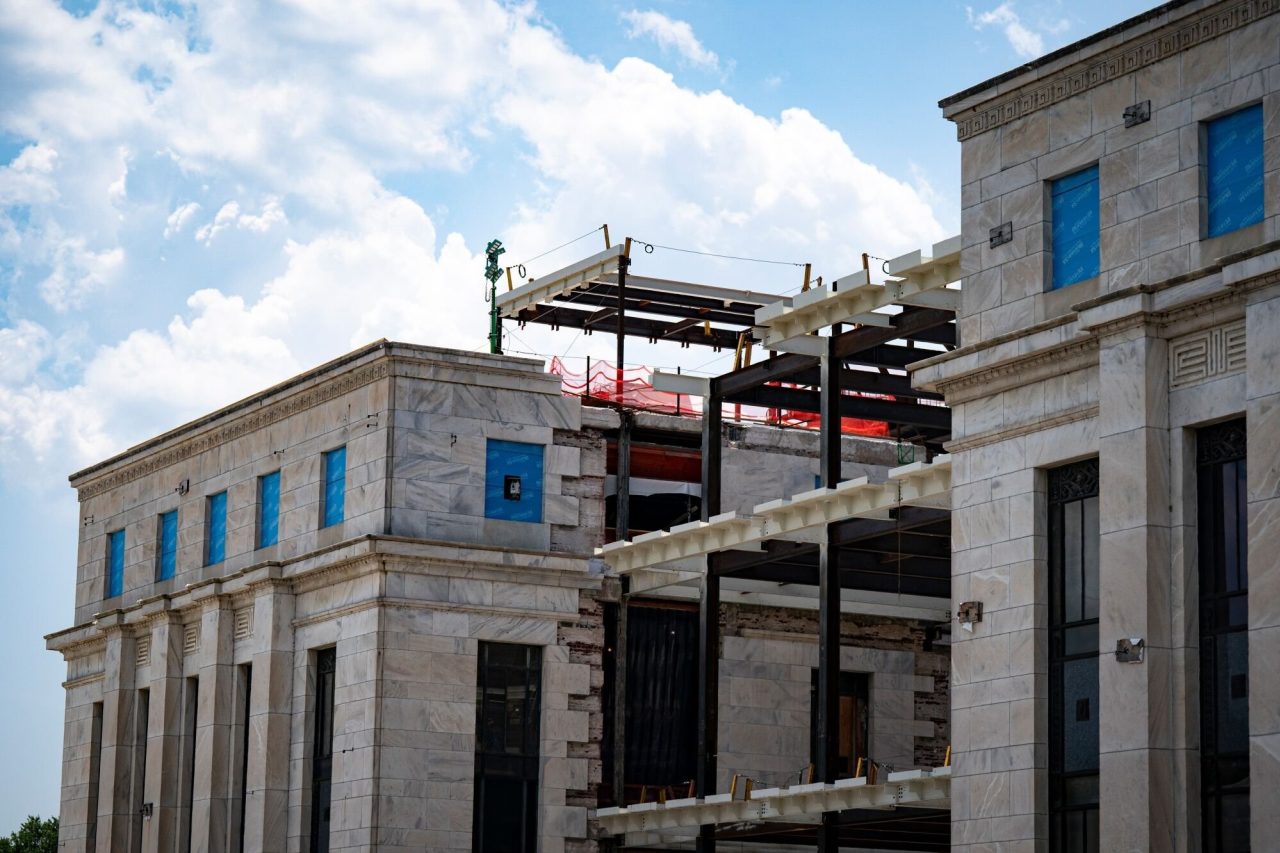White House Targets Powell Amid Fed Renovations

Pressure Campaign Against Federal Reserve Chair Jerome Powell Intensifies
White House advisers have escalated a campaign targeting Federal Reserve Chair Jerome Powell, alleging that he either lied to Congress about the Fed’s headquarters renovation or mismanaged the project. This development could open a new legal pathway for his removal and is part of a broader effort to pressure Powell into lowering interest rates.
The allegations come as President Trump continues to push for lower interest rates, which he believes would reduce government borrowing costs. This stance aligns with his previous demands that the Fed consider federal debt-service costs when setting rates. However, the Fed has consistently resisted such influence, maintaining its independence from the Treasury Department since 1951.
During a recent press briefing, Trump stated he had no plans to remove Powell, whom he appointed as Fed chair during his first term. Nevertheless, he criticized Powell’s performance, claiming it was costing the country a lot of money. The administration has formalized its latest challenge through a letter from Russell Vought, Trump’s budget director. In the letter, Vought suggested that Powell may have made false statements to Congress regarding the $2.5 billion renovation of three office buildings overlooking the National Mall in Washington or failed to comply with permitting rules related to capital-area construction.
New Challenges from the White House
In addition to the letter, Trump has also stacked the federal commission responsible for approving major construction projects in the capital with three White House advisers, including James Blair, a deputy chief of staff. Vought emphasized that both his office and the newly installed Trump advisers at the National Capital Planning Commission will be asking “very, very tough questions” about Powell’s recent statements and the cost overruns associated with the project.
The issue gained political attention in June when Senator Tim Scott (R., S.C.) pressed Powell on the expenses, including luxury features, during a congressional hearing. Powell disputed media accounts of certain high-gloss finishes, stating they were not part of the latest design plan. A Fed official confirmed that Powell was honest in his testimony about the building plans, but it remains unclear whether the design changes were significant enough to require resubmission to the planning board.
Blair, now a member of the planning commission, expressed his intent to investigate the Fed’s compliance with submitted building plans. He suggested that if it were found that Powell lied to Congress, the Board of Governors, the American people, and the U.S. Senate would have serious concerns.
Legal and Political Implications
The building allegations gain additional significance given Trump’s desire for lower interest rates and the legal constraints on presidential power over the Fed. A recent Supreme Court order indicated that Fed officials cannot be removed over policy disputes, meaning they must be dismissed “for cause,” typically interpreted as malfeasance or dereliction of duty.
White House advisers have avoided addressing whether any findings could lead to Powell’s dismissal. Vought remarked that the focus should not be on the independence of the Fed, but rather on the issues at hand.
Blair acknowledged that Trump is correct in emphasizing the need for Powell to cut interest rates. However, he remained cautious about what might result from the ongoing investigations into the renovation project.
Fed's Response and Broader Concerns
In response to Vought’s letter and other criticisms, the Fed posted answers on its website addressing the questions raised. The Fed attributed cost increases to unforeseen construction conditions, such as more asbestos than anticipated, toxic soil contamination, and a higher-than-expected water table.
Economists and Fed scholars have criticized the latest developments as an attempt to create a new pressure point on the central bank. Some have warned that manufacturing a legal justification for Powell’s removal could destabilize global confidence in the U.S. dollar.
Peter Conti-Brown, a Fed scholar at the University of Pennsylvania, described the situation as a high-stakes moment in the history of the Federal Reserve. He suggested that the Trump administration is using various mechanisms to justify Powell’s removal.
Investors are closely watching the situation, as firing a Fed chair for political reasons could disrupt decades of established norms that underpin global confidence in the U.S. dollar. Conti-Brown warned that such actions could introduce profound instability into the global economy.
This pressure campaign echoes similar tactics used by President Richard Nixon before the 1972 election, when his administration spread false stories about Fed Chair Arthur Burns to undermine the central bank’s credibility.
Construction Challenges and Historical Context
The Fed’s renovation project reflects a common pattern in Washington construction. Like many federal projects constrained by the capital’s height or aesthetic restrictions, the Fed had to build expensive underground space instead of adding floors. Similar issues plagued the Capitol Visitor Center, which saw costs explode from an initial $71 million estimate to over $600 million when it opened in 2008.
The Fed’s project, approved in 2017, involves retrofitting two historic buildings on Constitution Avenue alongside the National Mall. It completed the refurbishment of a third adjacent building in 2021.
Powell noted during testimony last month that no one in office wants to undertake a major renovation of a historic building during their term, especially two that required extensive work.
Broader Implications for Monetary Policy
The building pressure follows Trump’s broader push for lower interest rates to reduce government borrowing costs—what economists refer to as “fiscal dominance.” This approach prioritizes the Treasury’s financing needs over fighting inflation.
While the Fed is not expected to cut rates at its upcoming meeting, Powell has signaled that a reduction might be possible later this year if inflation remains stable or the labor market weakens.
Trump seeks cheaper debt service on the federal deficit, which his tax cuts could exacerbate. However, central banks in advanced economies generally resist such pressure outside of extreme circumstances like war. They prioritize inflation stability to maintain confidence in the nation’s currency.
Post a Comment for "White House Targets Powell Amid Fed Renovations"
Post a Comment